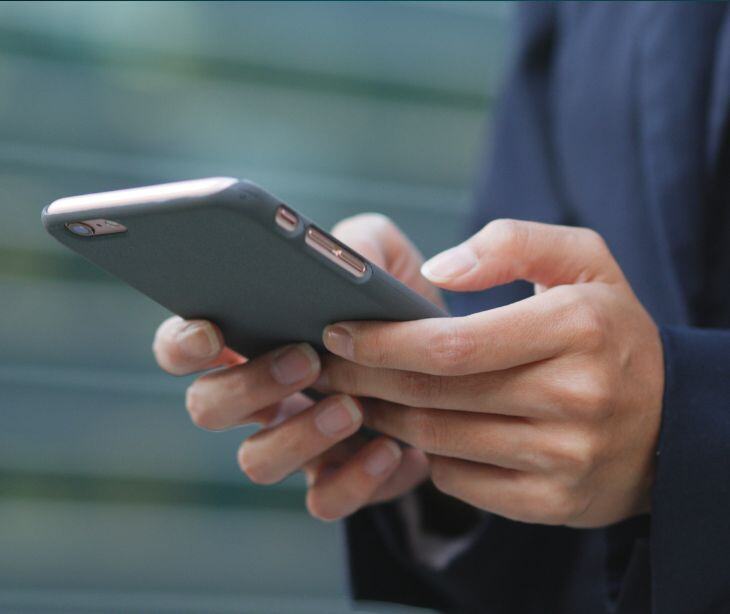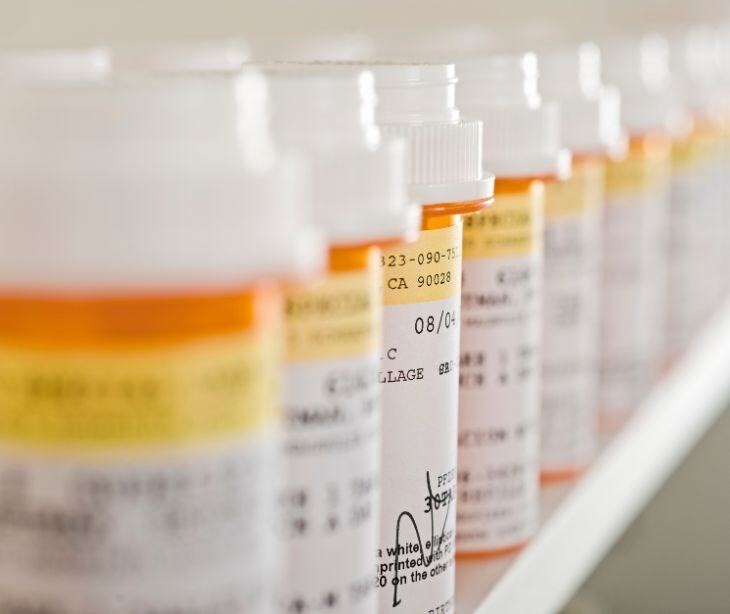
To safely use automated text messaging, healthcare organizations should ensure that messages are sent through secure, encrypted platforms and contain minimal patient information. They should also obtain patient consent, provide clear opt-out options, and maintain privacy policies to protect sensitive data.
Is automated text messaging HIPAA compliant?
For communications in healthcare to be considered safe, compliance is a necessary first step. According to HHS FAQs, “The Privacy Rule allows covered health care providers to communicate electronically…” Automated text messaging can be HIPAA compliant only if HIPAA’s requirements are met. This includes the standards set by the Security Rules for the safe storage and transmission of electronic protected health information (ePHI).
Related: Are automated text messaging systems HIPAA compliant?
The criteria for HIPAA compliant automated text messaging
- As a best practice, obtain explicit consent before sending patients automated text messages.
- Use a secure messaging platform like Paubox Text Messaging that encrypts messages during transmission and storage.
- Limit the use of PHI in automated text messages and use text messaging for less detailed and urgent communications.
- Use access controls to make sure that only authorized personnel can access the messaging system and view patient information.
- Maintain an audit trail that logs all automated messaging activities, including timestamps and recipient information.
- Provide training for staff on HIPAA compliance and best practices for using automated messaging systems.
- Have a response plan in place to address any potential data breaches involving automated messaging.
- If using a third party service for automated messaging, ensure that a business associate agreement (BAA) is in place.
- Provide patients with a clear option to opt out of automated messaging at any time.
Related: HIPAA Compliant Email: The Definitive Guide
Ethical considerations for automated text messaging
- Informed consent involves patients fully understanding the implications of receiving automated messages.
- Respect patient autonomy by allowing individuals to choose their preferred communication methods.
- Provide equitable access to patients without reliable access to mobile devices by providing alternative methods of communication beyond text messaging.
- Remain sensitive to vulnerable populations by tailoring communication to be empathetic and informed about the patient's needs, not purely transactional.
- Use careful wording to prevent misunderstandings that could lead to anxiety or inappropriate patient responses.
- If automated messages contain health information that requires immediate attention, there is an obligation to ensure patients receive communications.
- The convenience of automated messaging should not come at the expense of personalization and patient relations.
When is automated text messaging, not a solution
In highly personal and sensitive cases like delivering serious diagnoses or addressing mental health concerns from the patient that require a personal touch, automated messaging may not be the best option. In cases like this, in person communication or calls are better options to ensure that empathy and direct human connection are maintained. Automation in these cases, removes personalization when it is most needed and could lead to misunderstandings.
FAQs
What is protected health information?
Personal health data that can identify an individual like medical records or billing details.
What is encryption?
The process of converting information into a code to prevent unauthorized access.
What is the Security Rule?
The standards under HIPAA protect electronic PHI through administrative, physical, and technical safeguards.
Subscribe to Paubox Weekly
Every Friday we'll bring you the most important news from Paubox. Our aim is to make you smarter, faster.



